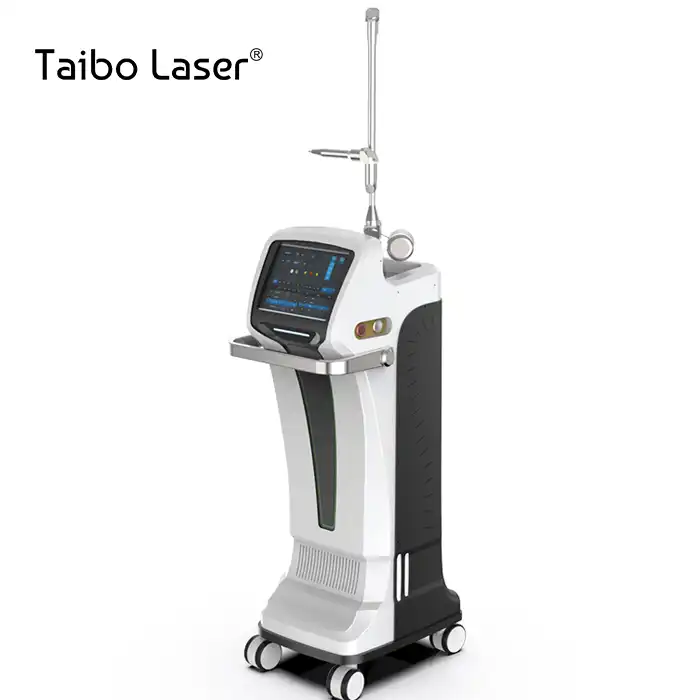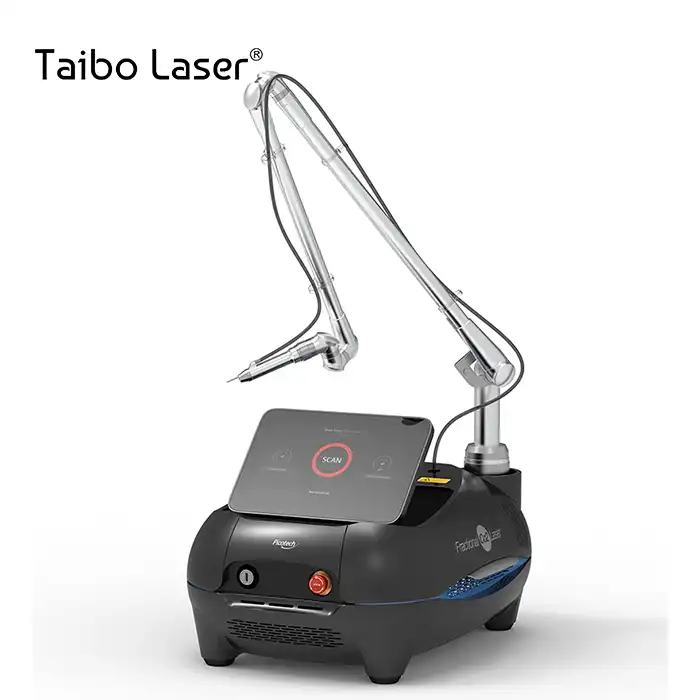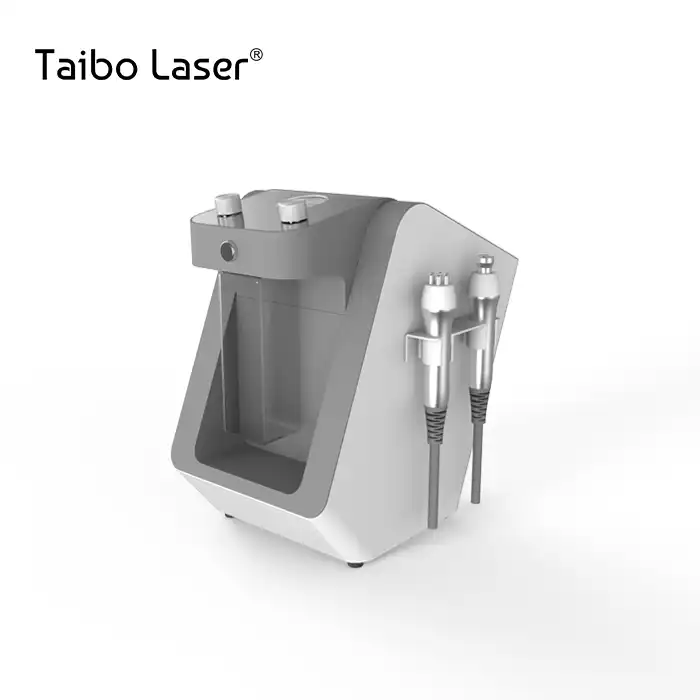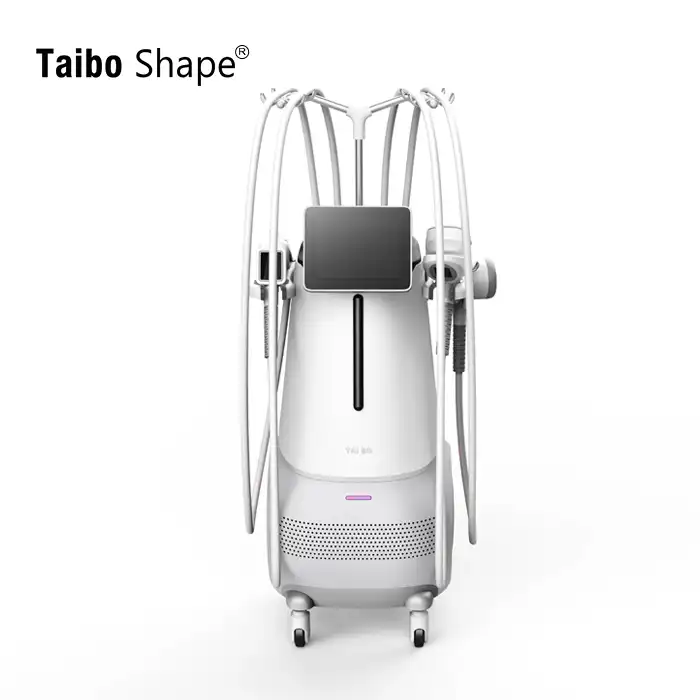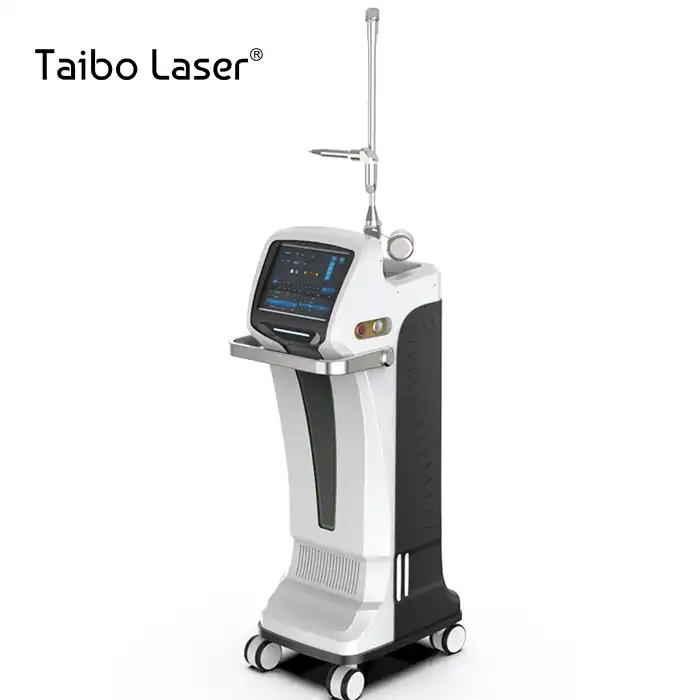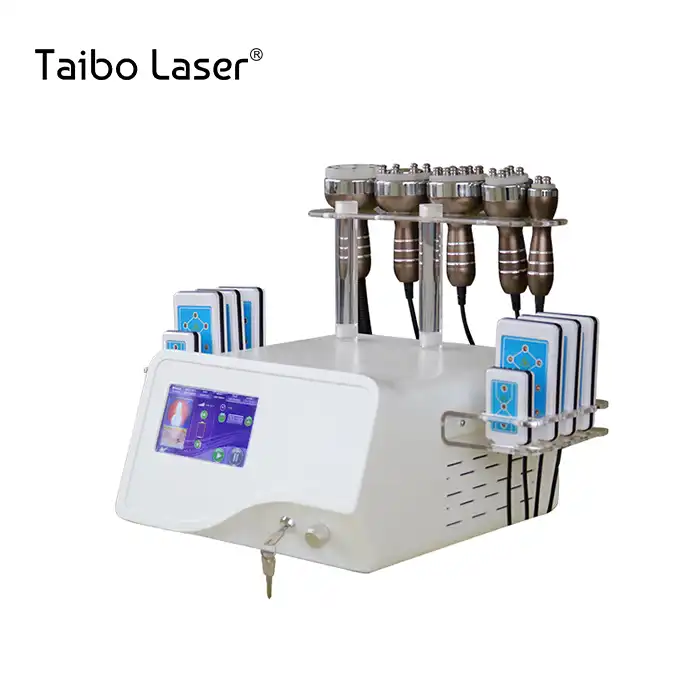
How Does the 980nm Diode Laser Stimulate Collagen Growth While Treating Veins?
2025-07-04 09:00:00
The 980nm diode laser represents a revolutionary advancement in vascular treatment technology, offering a dual-benefit approach that simultaneously addresses spider veins while promoting collagen regeneration. This innovative wavelength specifically targets hemoglobin within blood vessels, causing thermal coagulation and vessel closure, while the controlled heat energy penetrates deeper dermal layers to stimulate fibroblast activity and collagen synthesis. The 980nm diode laser spider vein removal machine utilizes this precise wavelength because it falls within the optimal absorption spectrum of porphyrin vascular cells, ensuring maximum treatment efficacy with minimal surrounding tissue damage. This dual-action mechanism makes it an invaluable tool for aesthetic practitioners seeking comprehensive skin rejuvenation results beyond simple vein removal.
The Science Behind 980nm Wavelength Selection for Vascular Treatment
Hemoglobin Absorption and Vascular Targeting Mechanisms
The selection of 980nm wavelength for vascular treatments is based on sophisticated optical physics principles that maximize therapeutic outcomes while minimizing adverse effects. Hemoglobin, the primary chromophore in blood vessels, demonstrates peak absorption characteristics at this specific wavelength, making the 980nm diode laser exceptionally effective for spider vein treatment. When laser energy is delivered at this wavelength, it creates selective photothermolysis within the target vessel, causing immediate coagulation and subsequent vessel collapse. The 980nm diode laser spider vein removal machine capitalizes on this selective absorption by delivering focused energy that penetrates to precise depths, typically ranging from 0.5mm to 3mm beneath the skin surface. This targeted approach ensures that energy is primarily absorbed by the intended vascular structures rather than dispersing into surrounding tissues, which could cause unwanted thermal damage or pigmentation changes.
Tissue Penetration Depth and Energy Distribution
The 980nm wavelength provides optimal tissue penetration characteristics that make it superior to other laser wavelengths for treating various vein sizes and depths. Unlike shorter wavelengths that may be absorbed too superficially, or longer wavelengths that penetrate too deeply without adequate vascular targeting, the 980nm diode laser achieves the perfect balance for treating spider veins ranging from 0.2mm to 3mm in diameter. The energy distribution pattern created by this wavelength ensures uniform heating within the target vessel while maintaining a steep thermal gradient that protects adjacent healthy tissue. Modern 980nm diode laser spider vein removal machine systems incorporate sophisticated beam delivery mechanisms that focus the laser energy into precise spot sizes, typically 0.2mm, 0.5mm, and 1.0mm, allowing practitioners to match the treatment parameters to the specific vessel diameter and depth being addressed.
Comparative Wavelength Analysis and Clinical Superiority
Clinical research has consistently demonstrated the superiority of 980nm wavelength over alternative laser options for vascular treatments. Compared to 532nm and 755nm lasers, which primarily target melanin and can cause post-inflammatory hyperpigmentation in darker skin types, the 980nm diode laser shows significantly reduced risk of pigmentation complications. The deeper penetration capability of this wavelength also surpasses 585nm and 595nm pulsed dye lasers when treating deeper or larger spider veins. Advanced 980nm diode laser spider vein removal machine systems utilize this wavelength advantage by incorporating adjustable pulse durations from 10-100ms, allowing practitioners to customize treatment parameters based on vessel size, depth, and patient skin type. This flexibility ensures optimal clinical outcomes across diverse patient populations while maintaining excellent safety profiles.
Collagen Stimulation Mechanisms Through Controlled Thermal Energy
Dermal Remodeling Through Controlled Hyperthermia
The collagen stimulation effects of the 980nm diode laser occur through precisely controlled thermal mechanisms that activate fibroblast proliferation and collagen synthesis pathways. When laser energy penetrates the dermis during vein treatment, it creates controlled hyperthermia in the surrounding tissue, typically raising temperatures to 45-60°C. This thermal stimulus triggers the body's natural wound healing response, activating heat shock proteins and growth factors that promote collagen production. The 980nm diode laser spider vein removal machine achieves this dual benefit by delivering energy that extends beyond the targeted vessel walls into the surrounding dermal matrix. This controlled thermal effect stimulates existing collagen fibers to contract and tighten while simultaneously promoting new collagen formation over the following weeks and months post-treatment.
Fibroblast Activation and Protein Synthesis Enhancement
The thermal energy delivered by the 980nm diode laser creates an optimal environment for fibroblast activation and enhanced protein synthesis within the treated area. Fibroblasts, the primary cells responsible for collagen production, respond to the controlled thermal stimulus by increasing their metabolic activity and collagen gene expression. Research has shown that the specific temperature ranges achieved during 980nm laser treatment upregulate key collagen synthesis enzymes, including prolyl hydroxylase and lysyl oxidase, which are essential for proper collagen cross-linking and maturation. The 980nm diode laser spider vein removal machine systems are designed with precise temperature monitoring capabilities, ensuring that thermal energy delivery remains within the therapeutic window that maximizes collagen stimulation while avoiding tissue damage. This controlled approach results in gradual skin tightening and improved texture that becomes apparent 4-12 weeks following treatment.
Long-term Skin Architecture Improvements
The collagen stimulation effects initiated by 980nm diode laser treatment continue to develop for several months following the initial procedure, resulting in comprehensive skin architecture improvements. The newly formed collagen fibers exhibit enhanced organization and density compared to the original tissue, leading to improved skin elasticity, reduced fine lines, and better overall skin quality. The 980nm diode laser spider vein removal machine treatment protocol typically involves multiple sessions spaced 4-6 weeks apart, allowing for cumulative collagen building effects that progressively enhance skin appearance. This regenerative process also strengthens the dermal-epidermal junction, making small blood vessels less visible and reducing the likelihood of new spider vein formation. The combination of immediate vein closure and long-term collagen enhancement provides patients with both immediate cosmetic improvement and progressive skin quality enhancement.
Clinical Applications and Treatment Protocols for Dual-Benefit Therapy
Patient Selection and Pre-treatment Assessment
Successful implementation of 980nm diode laser therapy requires careful patient selection and comprehensive pre-treatment assessment to ensure optimal outcomes for both vein removal and collagen stimulation. Ideal candidates include patients with spider veins ranging from 0.2mm to 3mm in diameter, particularly those seeking both vein clearance and overall skin quality improvement. The 980nm diode laser spider vein removal machine is most effective on patients with Fitzpatrick skin types I-IV, though newer systems with advanced cooling and pulse duration controls can safely treat darker skin types. Pre-treatment assessment should include evaluation of vein depth, surrounding skin condition, patient medical history, and realistic expectation setting regarding both immediate vein clearance and progressive collagen enhancement results. Practitioners must also assess for contraindications such as active infections, pregnancy, recent sun exposure, or medications that may increase photosensitivity.
Treatment Parameters and Protocol Optimization
Optimal treatment protocols for 980nm diode laser therapy require precise parameter selection that balances effective vein closure with maximum collagen stimulation while maintaining patient safety and comfort. Typical treatment settings include pulse durations of 20-50ms for smaller spider veins and 50-100ms for larger vessels, with energy densities ranging from 20-40 J/cm². The 980nm diode laser spider vein removal machine systems offer adjustable frequency settings from 1-10Hz, allowing practitioners to customize treatment delivery based on vessel density and patient tolerance. Spot size selection is crucial, with 0.2mm spots for fine telangiectasias, 0.5mm for medium spider veins, and 1.0mm for larger reticular veins. Treatment protocols typically involve 2-4 sessions spaced 4-6 weeks apart, with each session building upon the collagen stimulation effects of the previous treatment while addressing any remaining vascular lesions.
Post-treatment Care and Results Optimization
Post-treatment care protocols for 980nm diode laser therapy focus on supporting both immediate vein closure and long-term collagen development while minimizing potential complications. Patients should be advised to avoid sun exposure for 2-4 weeks following treatment and use broad-spectrum sunscreen with SPF 30 or higher. Cold compresses may be applied immediately post-treatment to reduce any mild erythema or swelling, though the 980nm diode laser spider vein removal machine typically produces minimal immediate side effects due to its precise targeting and integrated cooling systems. Patients should be informed that while vein closure occurs immediately, the collagen stimulation effects develop gradually over 8-12 weeks, with continued improvement for up to 6 months. Follow-up appointments at 4-6 week intervals allow practitioners to assess treatment progress, document collagen enhancement, and determine the need for additional sessions to achieve optimal aesthetic outcomes.
Conclusion
The 980nm diode laser spider vein removal machine represents a significant advancement in aesthetic medicine, offering practitioners the ability to deliver comprehensive vascular treatment with simultaneous collagen enhancement benefits. This dual-action approach addresses patient desires for both immediate vein clearance and long-term skin quality improvement, making it an invaluable addition to any modern aesthetic practice. Xi'an Taibo Laser Beauty Company has established itself as a leading manufacturer of these advanced systems, combining 15 years of manufacturing expertise with cutting-edge technology development. Our comprehensive service package includes two-year warranties, professional training, and 24-hour technical support, ensuring practitioners can confidently integrate this technology into their practice. Ready to revolutionize your vascular treatment offerings? Contact our expert team of 980nm diode laser spider vein removal machine factory specialists today. As one of China's premier 980nm diode laser spider vein removal machine suppliers, we provide complete solutions from 980nm diode laser spider vein removal machine manufacturers committed to your success. Discover why practitioners worldwide choose China 980nm diode laser spider vein removal machine technology from Taibo Laser. Contact us at susan@taibobeauty.com to explore how our advanced systems can transform your practice and exceed your patients' expectations.
References
1. Anderson, R.R., and Parrish, J.A. "Selective photothermolysis: precise microsurgery by selective absorption of pulsed radiation." Science, vol. 220, no. 4596, 1983, pp. 524-527.
2. Goldman, M.P., and Fitzpatrick, R.E. "Laser treatment of leg veins: clinical evaluation of a new long pulsed alexandrite laser." Dermatologic Surgery, vol. 25, no. 9, 1999, pp. 693-697.
3. Bernstein, E.F., et al. "Treatment of spider veins with the 18-mm spot handpiece for the pulsed dye laser." Dermatologic Surgery, vol. 22, no. 1, 1996, pp. 17-22.
4. Sadick, N.S. "Laser treatment of leg veins: is there a preferred wavelength and what role does sclerotherapy play?" Journal of Cosmetic and Laser Therapy, vol. 8, no. 1, 2006, pp. 19-23.
5. Kauvar, A.N., et al. "Consensus for the treatment of telangiectasias and reticular veins." Dermatologic Surgery, vol. 32, no. 7, 2006, pp. 932-942.
6. Trelles, M.A., and Allones, I. "Treatment of leg veins with the diode laser: preliminary results with a new 940 nm laser." Journal of Cutaneous and Aesthetic Surgery, vol. 3, no. 2, 2010, pp. 87-90.
YOU MAY LIKE














